Semantic HTML isn’t a static concept; it’s constantly evolving alongside search engines and the wider digital space. As web designers, understanding these trends isn’t just about staying ahead of the curve – it’s about future-proofing your websites for continued SEO success. It’s about ensuring your website doesn’t become a one-hit-wonder.
Let’s explore what’s on the horizon for semantic HTML and how these changes might impact your design strategies.
Semantic HTML: Not Just a Trend, But a Foundation

First things first: while new developments are always on the horizon, the fundamental principles of semantic HTML remain essential. The concepts we covered in our complete guide to semantic HTML and our exploration of common semantic HTML mistakes will remain relevant for years to come.
This means:
- Prioritizing clear, logical structure over visual styling alone
- Using the right HTML tags for their intended meaning (headings, paragraphs, lists, etc.)
- Ensuring your navigation is semantically sound (using <nav>, breadcrumbs, etc.)
- Providing descriptive alt text for all images
But what about new and emerging trends? Let’s take a look…
Artificial Intelligence & Machine Learning
Search engines are increasingly using artificial intelligence (AI) and machine learning to better understand the intent behind user queries and deliver more relevant results. Semantic HTML plays a crucial role in this process.
By using the appropriate tags, you’re essentially feeding the AI algorithms the information they need to decipher the true meaning of your content. As AI continues to evolve, we can expect search engines to become even more sophisticated in their interpretation of semantic HTML.
Emerging Semantic Tags
The HTML standard is constantly evolving. While core tags like headings and paragraphs remain essential, new semantic tags are periodically introduced to offer more precise ways to structure content. Some emerging tags you should be aware of include:
- <main>: This tag indicates the main content of a document, distinguishing it from sidebars or navigation.
- <article>: Use this tag to enclose self-contained content like blog posts or news articles.
- <section>: For grouping related content within a page, such as a product gallery or a set of testimonials.
- <aside>: This tag is for content that’s tangentially related to the main content, such as a sidebar or callout box.
Incorporating these newer tags into your web design can further enhance the semantic richness of your code, making it easier for search engines (and humans) to understand.
Predictions for the Future

As search engine algorithms evolve, we can expect semantic HTML to play an increasingly important role in SEO. Here are some potential developments to watch for:
- Increased Emphasis on Structured Data: While already essential for rich snippets, structured data (schema.org) is likely to become even more crucial for conveying meaning to AI-powered search engines.
- AI-Driven Content Analysis: Search engines may begin leveraging AI to analyse your content’s sentiment and tone, further refining their understanding of context.
- Personalization of Search Results: AI could use semantic markup to tailor search results based on user preferences and past search behaviour.
Stay Informed with Edens Digital
Staying informed about the future of semantic HTML in SEO is crucial for web designers who want to create websites that look great and also perform well in search results. By staying ahead of the curve and embracing new technologies and techniques, you can ensure your websites are built on a solid foundation for long-term success.
If you’re looking for a partner who understands the constantly changing SEO space, Edens Digital is here to help. We specialize in SEO-friendly web design and can provide site audits, recommendations, and development services to improve your website’s search visibility and user experience. Contact us today for a consultation!




